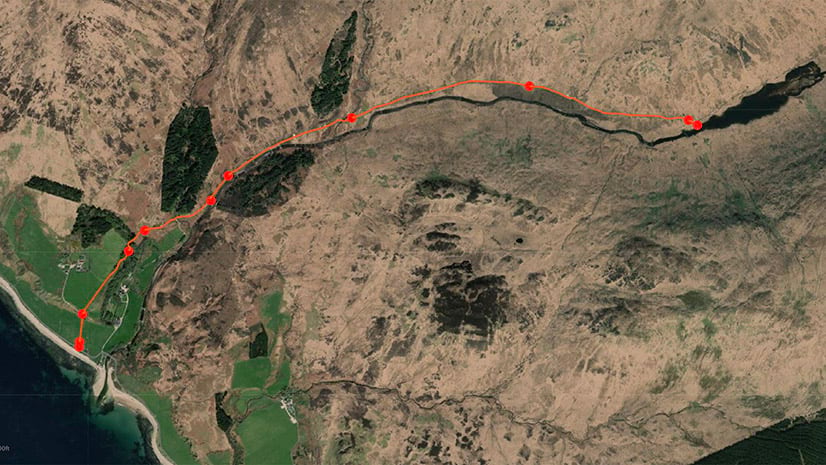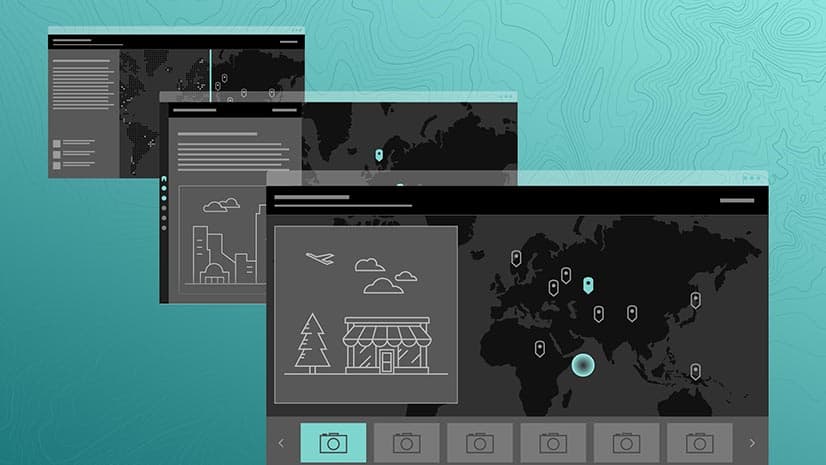This article contains important information about the retirement of classic Esri Story Maps.
Key Information at a Glance
- Retirement Date: Classic Esri Story Maps will be retired from ArcGIS Online in Q1 2026 and was retired with ArcGIS Enterprise 11.0.
- What’s Changing: After retirement, the classic Esri Story Maps templates will no longer be available, and the stories will not be viewable at their previous URLs.
- Action Required: Transition to ArcGIS StoryMaps to continue using Esri’s modern storytelling capabilities and ensure compatibility with the latest web technologies.
Retirement of Classic Esri Story Maps
The retirement process for classic Esri Story Maps was announced in 2019 shortly after Esri launched ArcGIS StoryMaps.
The retirement of classic Esri Story Maps in ArcGIS Online has been updated to Q1 2026.
After this date:
- The classic Esri Story Maps templates will no longer be available on ArcGIS Online.
- While the content (text, media, maps, app links, etc.) will remain in ArcGIS Online items, classic Esri Story Maps stories will no longer be accessible via their previous arcgis.com URLs.
Esri recommends all customers transition to ArcGIS StoryMaps or other current-generation ArcGIS apps to continue enjoying the latest web mapping technology and improvements in storytelling capabilities.
Does this retirement apply to ArcGIS Online, ArcGIS Enterprise, or both?
The information and dates in this article primarily apply to classic Esri Story Maps in ArcGIS Online.
Classic Esri Story Maps was retired in ArcGIS Enterprise 11.0 and can only be accessed in ArcGIS Enterprise 10.9.1 and earlier. You can find more details on the retirement of classic Esri Story Maps in ArcGIS Enterprise here.
Why Is Classic Esri Story Maps Being Retired?
Esri introduced its first storytelling template in 2012. Additional templates followed, including Cascade, Journal, Series, Shortlist, Swipe, and Tour, collectively known as classic Esri Story Maps.
These templates were built using older technology, which is no longer supported by Esri. As web technologies and browsers evolve, these templates risk becoming incompatible with newer technologies.
Retiring these templates allows Esri to focus on ArcGIS StoryMaps, which is built on modern technology. Transition to ArcGIS StoryMaps today to get continued support, security, and access to new features.
By transitioning to ArcGIS StoryMaps, you can take advantage of the latest enhancements in Esri’s storytelling tools and keep your stories accessible and functional as technology advances.What Is ArcGIS StoryMaps?
Launched in 2019, ArcGIS StoryMaps is a modern, unified platform for creating interactive and dynamic stories. It consolidates the capabilities of classic Esri Story Maps while introducing enhanced features, such as:
- Slide-based presentations (called ArcGIS StoryMaps briefings)
- Integration with the latest web mapping tools
- Greater flexibility in storytelling design and customization
What Should You Do Now?
Esri recommends transitioning to ArcGIS StoryMaps to ensure continued access to modern storytelling capabilities.
For guidance on transitioning from classic Esri Story Maps to ArcGIS StoryMaps, see Managing the classic Esri Story Maps retirement in your organization. The blog provides helpful instructions, tools, best practices, and expert recommendations to ensure a smooth and successful migration process. It’s the ideal starting point to help you manage the retirement of classic Esri Story Maps and embrace the features and benefits of ArcGIS StoryMaps.
This page was originally posted in December 2022 and was updated in March 2025.
Esri offers two storytelling tools, the classic Esri Story Maps and the current ArcGIS StoryMaps. While only classic Esri Story Maps is being retired, it’s important to clarify that this is distinct from the retirement of StoryMaps.com.






Commenting is no longer enabled for this article